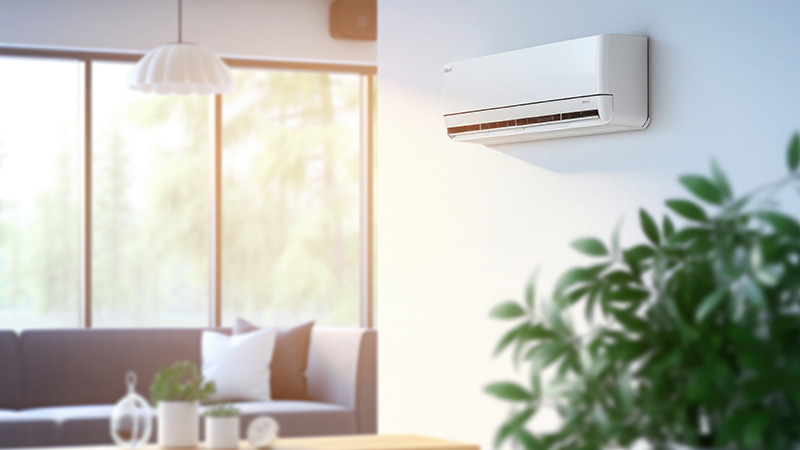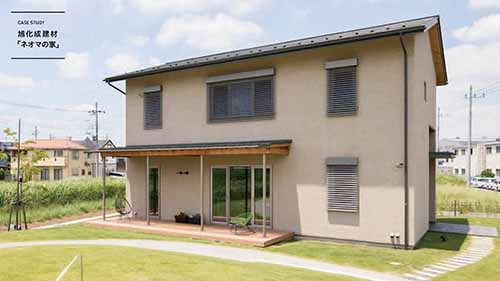Applications
CO2 Sensors
Visualizing air-stagnation by using CO2 sensor
Our health and quality of life depend heavily on indoor air quality, but the "stagnation" of air is one of the root causes of lowering that quality.
Here we introduce how to visualize and improve indoor air stagnation by using CO2 sensors.
For the Safety and Security of Children
The ability to create a clear, visual picture of ventilation enables decisions to be based on scientific evidence, and is resulting in the introduction of an increasing number of CO2 sensors at educational sites. This section presents the results of demonstrations and tests using CO2 sensors and information on their effectiveness.
Indoor Air Quality (IAQ) by CO2 Monitoring
We spend most of our time indoors, at home or in classrooms, offices, or stores. The greater the number of people in a room, the more CO2 there will be in the air. Inadequate ventilation results in poor air quality. This is not only hazardous to one's health, but also affects productivity and decision-making. For this reason, room air quality and ventilation are important.
CO2 Monitoring in real-life house
Air quality can be visualized house by constantly monitoring the CO2 concentration inside the home. We conducted a test to confirm in real time whether the home environment was kept comfortable at all times.
CO2 Monitoring in indoor space
In recent years, ventilation has gained even greater importance as a way of preventing the spread of COVID-19. However, air cannot be seen with the naked eye. That's why we used measured CO2 concentration in actual restaurants to visualize air quality and determine if the level of ventilation was as thorough as the restaurant owners believed.
Customer stories
Visualize air quality at your fingertips…
The CO2 sensor featuring low current consumption enables long-time portability and increased flexibility in the installation locations.
Examples of adoption in battery-powered portable devices from various companies are introduced here.
About Senseair
Senseair, which became a member of the Asahi Kasei Microdevices (AKM) Group in 2018, is a provider of gas sensors using NDIR: Non-Dispersive InfraRed technology. Our goal is to constantly develop and mass-produce new gas sensor technologies.















